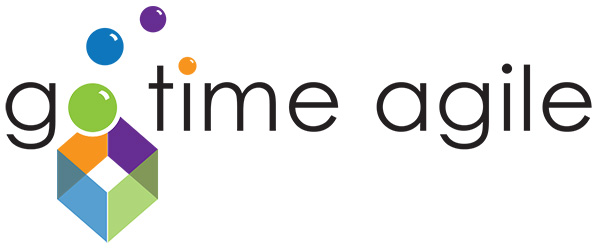My boss at Iomega in the late 1990s, Tony Radman, taught me this fundamental lesson: “If you have an ugly baby, be sure that you are the first one to notice.” It’s so easy to get caught up in all of the weighty issues and the minutia of day-to-day life in one’s specific business that one may not see the big picture. This is the first of series of posts on the topic of being blinded by familiarity.
Iomega introduced the Zip drive at the Comdex trade show in late 1994. Kim Edwards arrived not too long before as the new CEO with a mandate to grow the company. The company had been in a decade-long battle with Syquest for dominance in the $400 million removable storage market. Kim Edwards came from General Electric. In that role, he worked with rechargeable batteries. Many at the company wondered how a battery guy could run a data storage company. What could he offer? He offered a new perspective that asked if Iomega’s baby—the Bernoulli Box—was ugly.
Iomega’s current product on the market was 230MB, and was designed for desktop publishers and other nichy vertical markets. Syquest and Iomega were on development treadmills trying to deliver bigger and faster products to market faster than the other. The prototype in the lab, codenamed Aspen, was a big breakthrough with much more capacity.
The only way to grow the company was to expand to a larger market. Tony, the last of the original founders still at the company, was assigned to take a small team and figure out how to do that. Among the results of that project was the definition of a new product with these parameters: (1) a retail price no higher than $199, (2) enough capacity to feel big (back then 100MB sounded big), and (3) fast enough that it felt more like a hard drive than a floppy drive. The larger, faster and more expensive Bernoulli Box needed to be redesigned into a dumbed-down but pretty Zip Drive.
You can imagine the disillusionment when the engineering teams were told price was now their target, and that capacity and speed were secondary. Aspen was scrapped. They set aside their personal opinions, and dove in with impressive determination to create the prototype Zip in time for Comdex. Then Kim asked if the new baby was ugly.
They were trying to address a broader market, and he wanted to be assured that the new design would be accepted by it. Many argued that they already had all the expert knowledge needed within the company to determine fitness, and there wasn’t enough time before Comdex to make any significant changes. Kim insisted that they test the new product with the least sophisticated members of the new market, children.
The Zip drive operated similarly to early VCRs. A carriage popped up and out of the chassis to hold the Zip disk. The user pushed the carriage back into the chassis for use. It was very simple, but not simple enough for the children in the test groups. They tried to put the disk in backwards or upside down. They couldn’t push it back down. It was a disaster. The children could put a floppy disk in its drive, but they had difficulties putting a Zip disk into its home.
The mechanical engineering team worked extremely hard and pulled off the outstanding feat redesigning and producing demonstratable units in time for Comdex. The new Zip drive worked very similarly to a floppy drive. The disk was front loaded, and only allowed insertion if the disk was oriented correctly. The process was obvious enough for the children and all the other users. With the ease of use, the new price and the positioning, Zip was a hit at Comdex and sales grew very dramatically—far more than anyone, including Kim or Tony, had anticipated.
After years of about $150 million in sales, Iomega grew to $1.7 billion within three years, and grew from niche company to retail heavyweight with a $5 billion market capitalization. This battery guy was able to jump into a data storage company, and make it a winner. During the early days, many of the old guard almost revolted to this outsider’s directions. Within a short period of time, these same people were believers. They loved their Bernoulli baby, but Kim had the courage to call it ugly. Tony’s team found out how to re-position the product, but Kim called it ugly again. It’s a good thing he did.
The combination of the best domain expertise and the fresh eyes of an outsider made the difference.

Recent Comments